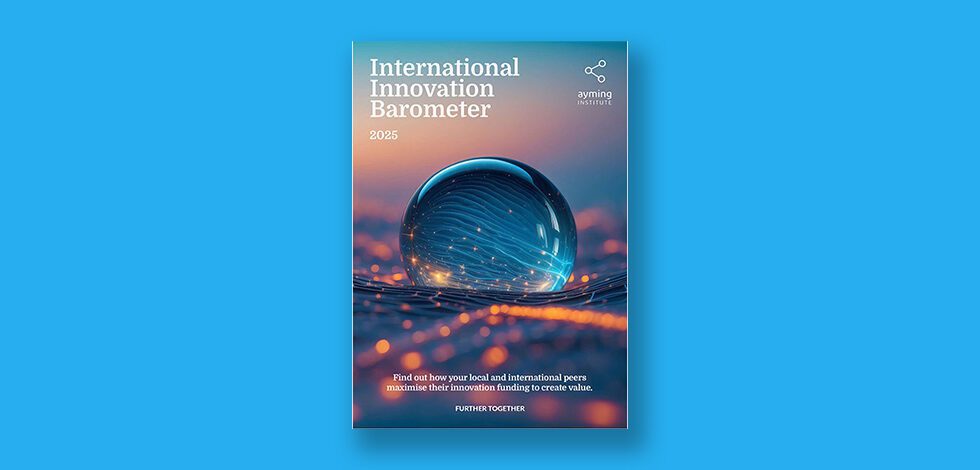The U.S. R&D Tax Credit helps companies remain competitive by allowing a reduction of federal and state income taxes owed for qualified expenditures related to the development or improvement of a product, process, software, formula or invention.
What is the US R&D Tax Credit?
The U.S. R&D Tax Credit helps companies remain competitive by allowing a reduction of federal and state income taxes owed for qualified expenditures related to the development or improvement of a product, process, software, formula or invention. The U.S. R&D Tax Credit can be used to offset federal income taxes to the extent that qualified research expenditures exceed a base period amount. Businesses that do not pay federal corporate income tax, such as S-corporations and partnerships, are allowed to pass along their federal R&D tax credits to shareholders or partners.
What Has Changed? Who Can Benefit?
On Friday, December 18, 2015, the U.S. R&D Tax Credit was made permanent after being pushed back multiple times since 1981. As one of the last Western countries to permanently establish as R&D tax credit, the U.S. is joining its counterparts in highlighting the importance of and facilitating the R&D process.
This law creates new benefits and opportunities for many companies with operations in the U.S. So, what exactly does it all mean?
- The new law retroactively applies to January 1, 2015, with no expiration. The R&D tax credit is now right of all companies undertaking eligible projects, enabling them to include it in project plans, forecasts and budgets.
- The new R&D Tax Credit law includes an Alternative Minimum Tax (AMT) patch for tax years beginning after Dec. 31, 2015, essentially eliminating the AMT requirement. This will allow companies and individuals paying AMT with less than $50 million in average sales over the prior three years to claim the credit. This is a change from the previous situation, whereby many smaller companies and individuals were limited by AMT and therefore not able to claim or maximize their R&D Tax Credit. This will result in these companies paying fewer taxes.
- Beginning after December 31, 2015, companies with less than $5 million in gross revenue that are less than five years old will be able to use the credit to offset up to $250,000 in payroll taxes annually. This will help drive innovation by allowing start up companies to receive federal returns for their R&D projects.
How Ayming Can Help
With the new law already in effect, now is the time for companies to re-evaluate their U.S. R&D strategies and uncover how to maximize their funding in light of the changes. Ayming’s experts can help build a holistic R&D funding strategy. Contact us for an assessment of current and future funding potential.












No Comments